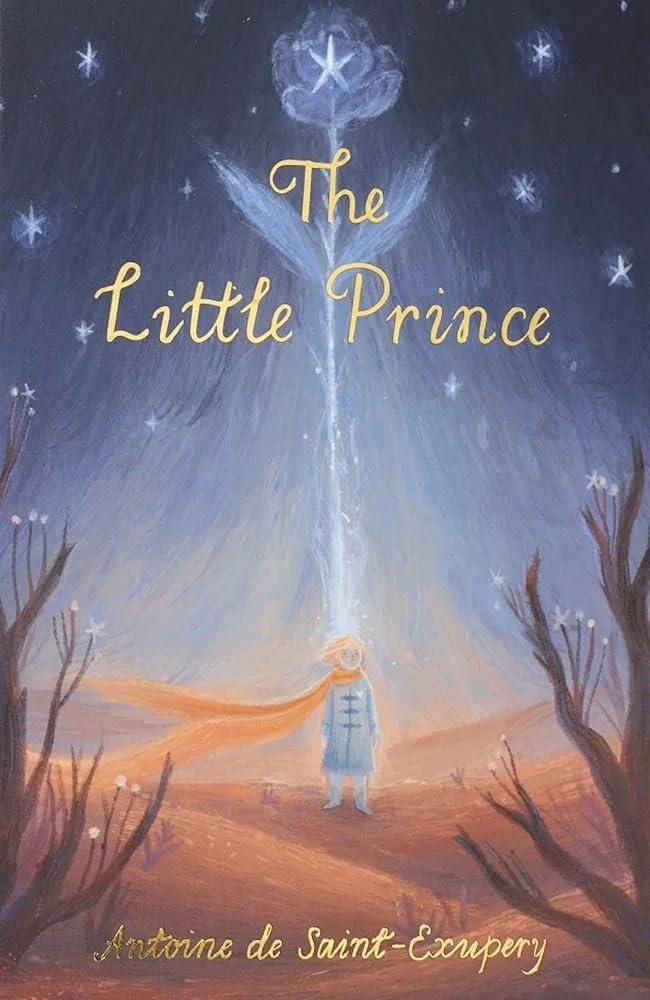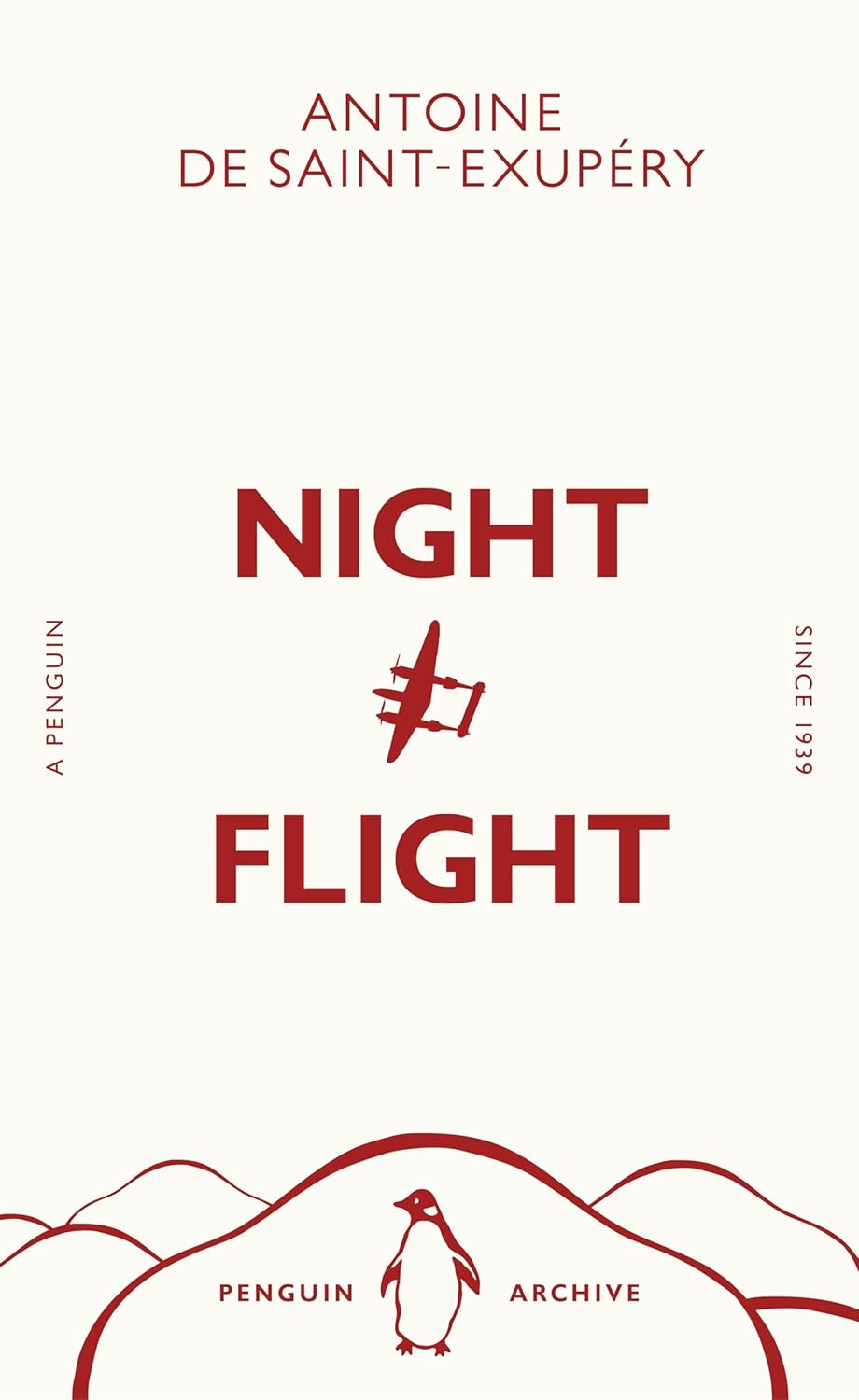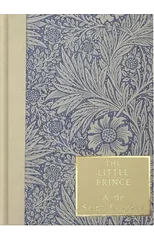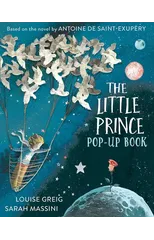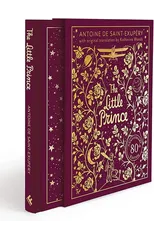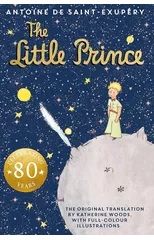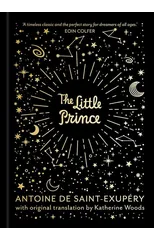The Little Prince
(Author) Antoine de Saint-ExuperyWritten during World War II, The Little Princetells of the friendship between the narrator, an aviator stranded in the Sahara desert, and a mysterious boy whom he encounters there. Ruler of a tiny asteroid of which he is the only inhabitant, the Little Prince chats disarmingly about his curious adventures in space and since arriving on earth; of his distant home and of his love for a beautiful and capricious rose, to whom he longs to return. A moving and deceptively simple tale, it was described by Saint-Exupery as a children's story for adults, and it works on several levels as an allegory of his own life, or of the human condition. Children love it for its deadpan fantasy, for its sense of amused bafflement at the grown-up world and for the author's attractive watercolour illustrations which are an integral part of the book.
Antoine de Saint-Exupery
Antoine de Saint-Exupery was a French writer and aviator born in 1900. He is best known for his novella "The Little Prince," which has become a classic of children's literature. Saint-Exupery's writing style is characterized by a poetic and philosophical approach, often exploring themes of human nature, love, and the search for meaning in life.
As a pioneer of aviation, Saint-Exupery drew inspiration from his experiences as a pilot, incorporating them into his works such as "Night Flight" and "Wind, Sand and Stars." His storytelling is marked by a sense of adventure and a deep admiration for the beauty of the natural world.
Saint-Exupery's contributions to literature have had a lasting impact on the genre of fables and allegorical storytelling. His works continue to be celebrated for their timeless wisdom and universal themes, making him one of the most influential writers of the 20th century.
